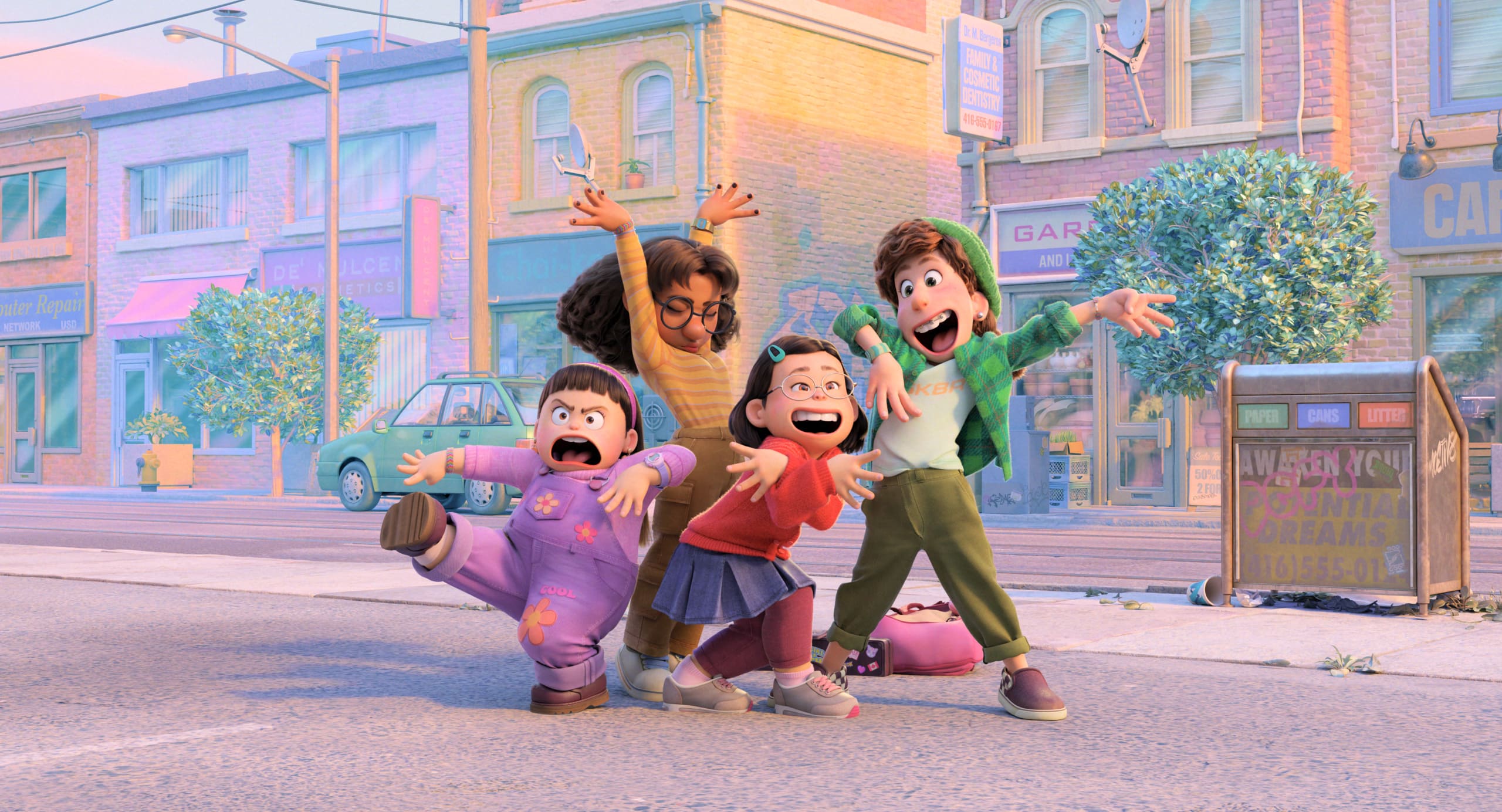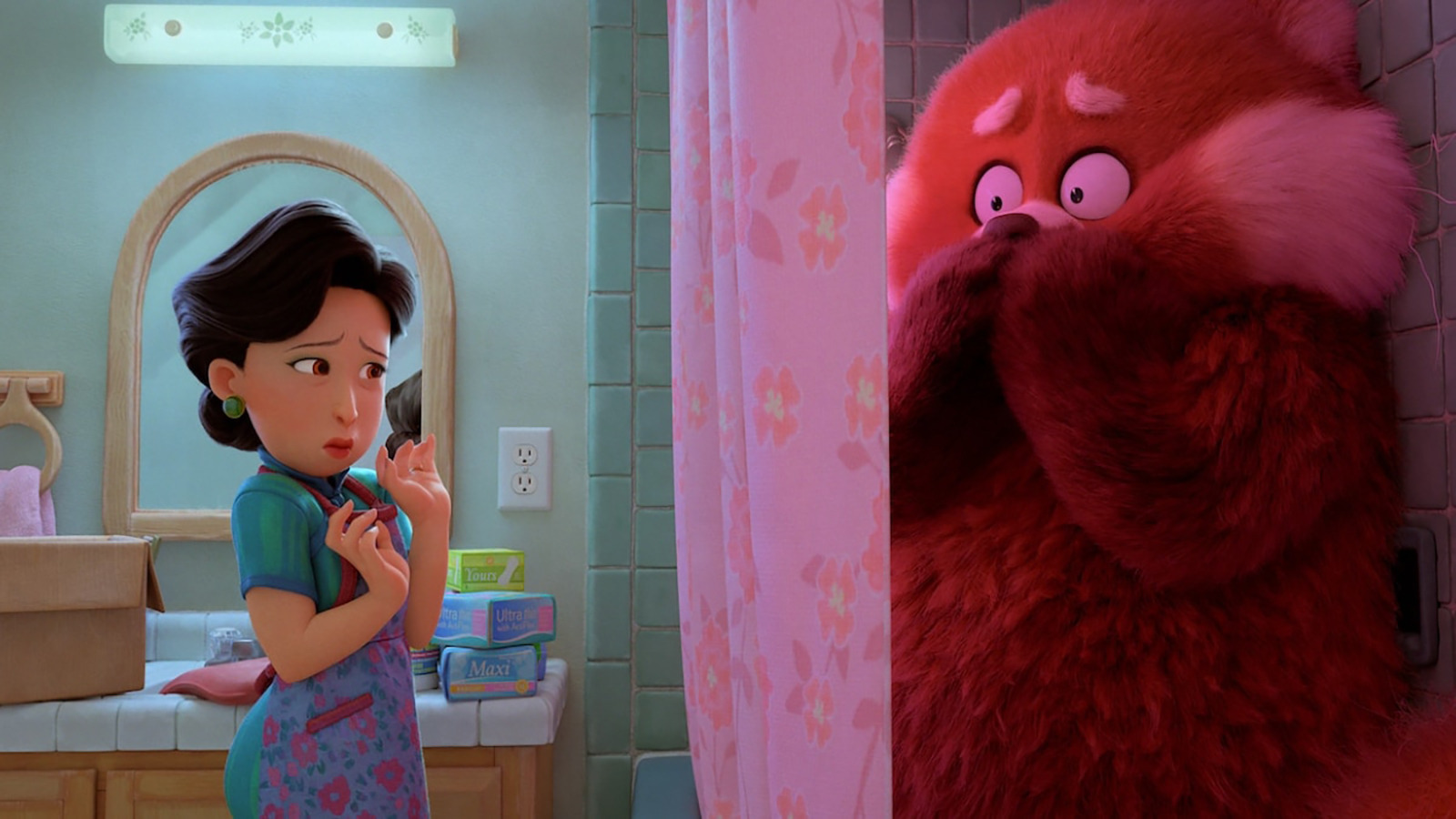'Don't Lose Your Head' - MiamisFF Review
'Don't Lose Your Head' follows the motto of "grades aren't everything."
Incluvie Foundation Gala - Learn More


Disney/Pixar’s new animated movie, Turning Red, brings a lot of diversity for young girls and audiences of all types. The movie centers around Meilin “Mei” Lee, a 13-year-old Chinese Canadian teenager, who experiences the awkwardness and challenges of adolescence. Though she loves spending time with her friends and classmates, she is horrified one morning when she turns into a giant red panda. The movie also explores the theme of acceptance within yourself and with peers.
This article will discuss why Turning Red delivers diversity among audiences.

Mei Lee is a young girl of Chinese descent. Her family is also Asian, as well as two of her best friends – Priya (Maitreyi Ramakrishnan from Never Have I Ever) and Abby (Hyeinn Park). The voice actors who play the lead roles are of Asian descent (Rosalie Chiang and Sandra Oh), making this a diverse cast. In addition, Domee Shi is the first Chinese woman to solely direct a Pixar movie, which brings strong diversity behind the camera (Shi also directed Pixar short film Bao).
The concept of Mei Lee turning into a giant red panda time and time again – hence the movie title, Turning Red – is influenced by red pandas in real life, which are found mainly in China. Another key concept is how the family’s ancestors have a shared history with the species, which ties in with the representation of Asian women in this film. Additionally, if viewers look closely, they will notice that Mei Lee’s house contains candles and her family’s ancestors’ portraits on the walls, embracing Chinese culture.
When Mei learns to calm herself down, she poofs back into her normal self, with her hair turning red as a side effect. Throughout the film, Mei learns to deal with the strong emotions that come with puberty.
The mother-daughter bond between Mei Lee and Ming Lee is very similar to the bond between Merida and Queen Elinor from Disney/Pixar’s Brave. In the beginning, Mei feels as if Ming is keeping a close eye on her all the time, in unnecessary places. Ming’s perfectionism brings Mei to her breaking point; Mei tries everything she can to break free from Ming’s grasp. This serves as a catalyst for their argument. During the argument, Ming’s red panda transformation is similar to Queen Elinor’s transformation into a black bear.
During a family ritual, Mei and Ming begin to understand each other better. Mei also discovers that Ming’s perfectionism comes from the bond between Ming and her own mother. Mei and Ming accept their red panda transformations as growing pains.
At the conclusion, Mei has a better relationship with her mother Ming.

As Mei has to deal with a family curse, where she poofs into a giant panda whenever she’s too excited or stressed, she fears no one will accept her new self. Her internal conflict brings up the theme of self-acceptance to Disney fans. Mei cries over her new appearance as a red panda, but her friends comfort her by saying, “We love you, Mei.” The way the friends hug each other shows the benefits of acceptance from close friends.
Self-acceptance is a major factor for young kids and teenagers alike (not to mention many adults). Being yourself isn’t easy for anybody because some kids fear that others will not accept them for who they are. Like many adolescent girls, Mei struggles with fitting in with her surroundings. She and her friends try to use her red panda transformation to raise money for tickets so they can attend a concert. As she tries to blend in, she experiences insecurities and strong emotions.
Towards the conclusion of Turning Red, the women in Mei’s family conceal their red pandas. Mei decides to keep her ability to transform into the red panda, which symbolizes her self-acceptance.
Overall, Turning Red brings a lot of Asian representation, which is wonderful for young audiences, parents, and Disney-savvy adults. Viewers will also learn self-acceptance within themselves.
Related lists created by the same author
'Don't Lose Your Head' follows the motto of "grades aren't everything."